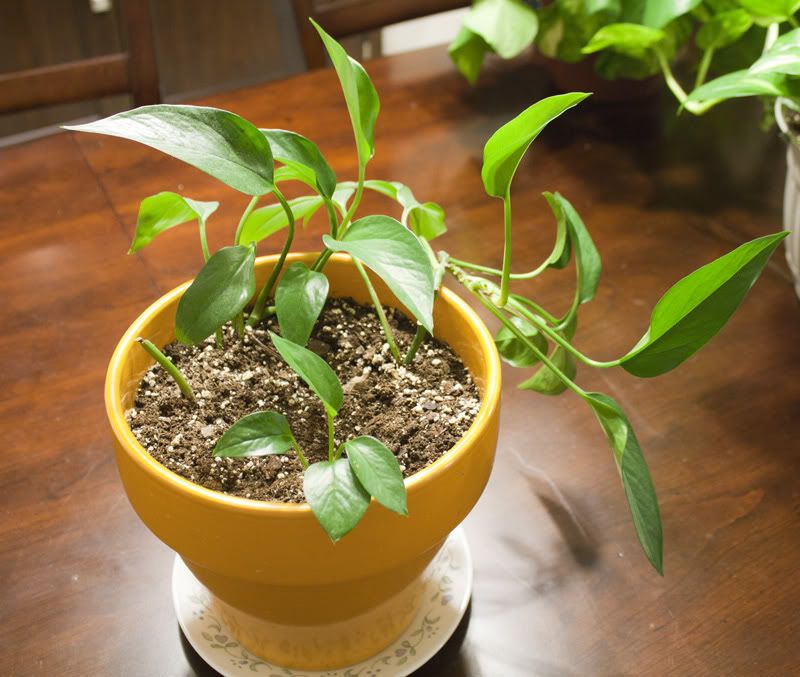In the majority of cases Epsom salt is widely used for spa purposes (special masks for prevention of skin aging), hair stylists recommend it to combat the problem of oily hair, general practitioners say that a bath with Magnesium Sulphate at the end of the day is a great escape from accumulated stress. And now it is time for gardeners to speak how they make use of Epsom salt.
Gardeners prefer Epsom salt to other supplements and nutrients as it is an organic, natural element that does not damage soil as well as plant. It is suitable for indoor and outdoor plants.


If you want to have a plant at home that will please your eyes, then you should know how to take care of it properly. Regular watering is not enough. Plants require constant attention and care. In this case gardeners may benefit greatly from the use of Epsom salt. Firstly, it is due to the elements Epsom salt consists of. Secondly, the price of this product is much lower in comparison to special fertilizers and supplements.
How to Use Epsom Salt?
At the very beginning any plant requires an “impetus” for further growing. And our favorite product is a great impetus. It consists of magnesium and sulfate that are rich in essential minerals and other elements so necessary for young plants. So, it said that a mixture of a gallon of distilled water and 2 tablespoons of this chemical compound is to promote faster grow of a plant. But read the instructions on the package first as the proportion may be different. Later on such nourishment will ensure chlorophyll production and just keep a plant alive. NB! There are some plants that can be damaged by Magnesium Sulphate, so you’d better learn the list of these plants first. In the rest of the cases the “magic” effect of this product will be visible in the very nearest future.
Mature gardeners say that Epsom salt is a great product that perfectly replaces a number of fertilizers. If you buy it and it is not suitable for you plant, don’t worry, there are tens of ways it can be used.


